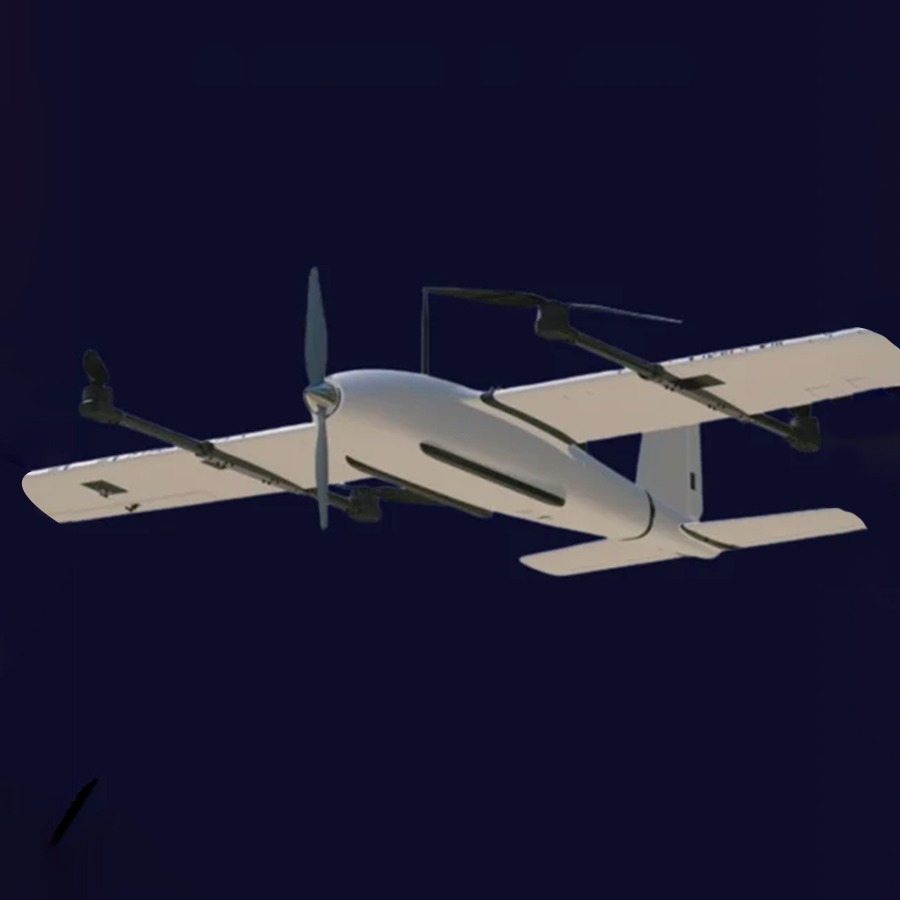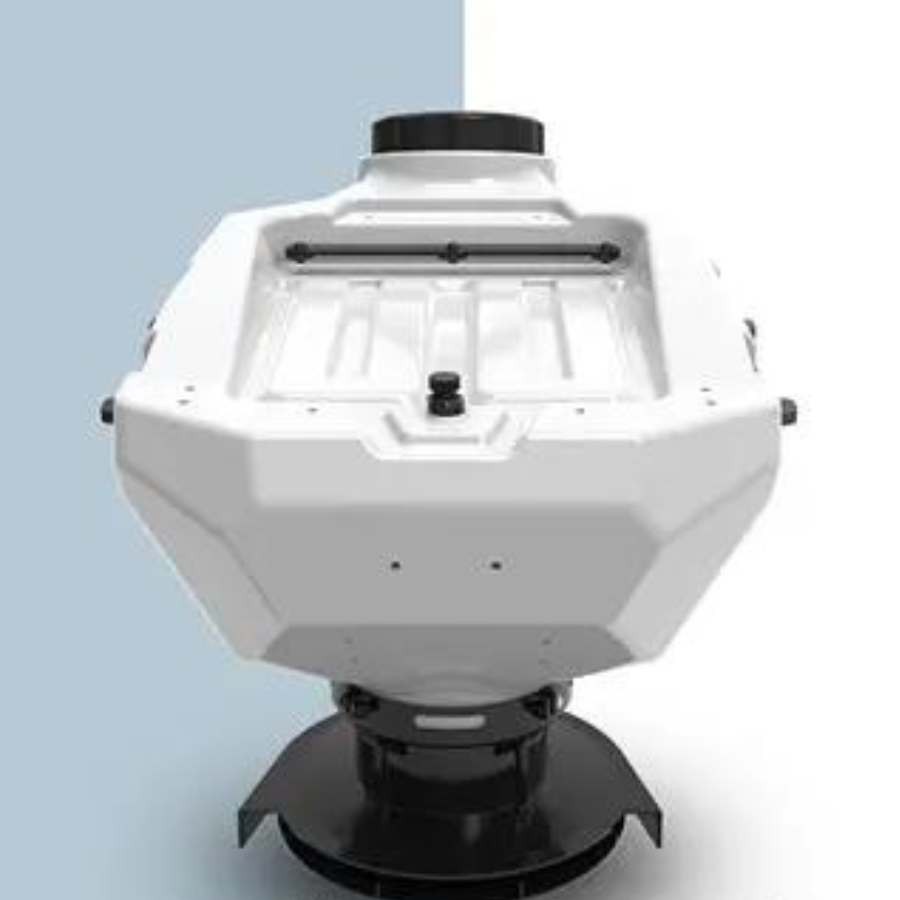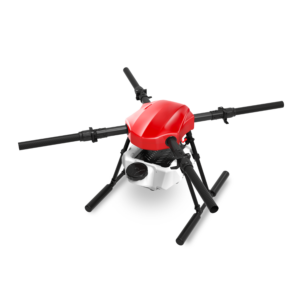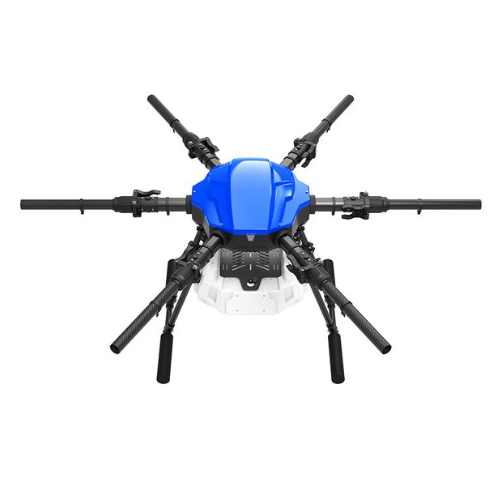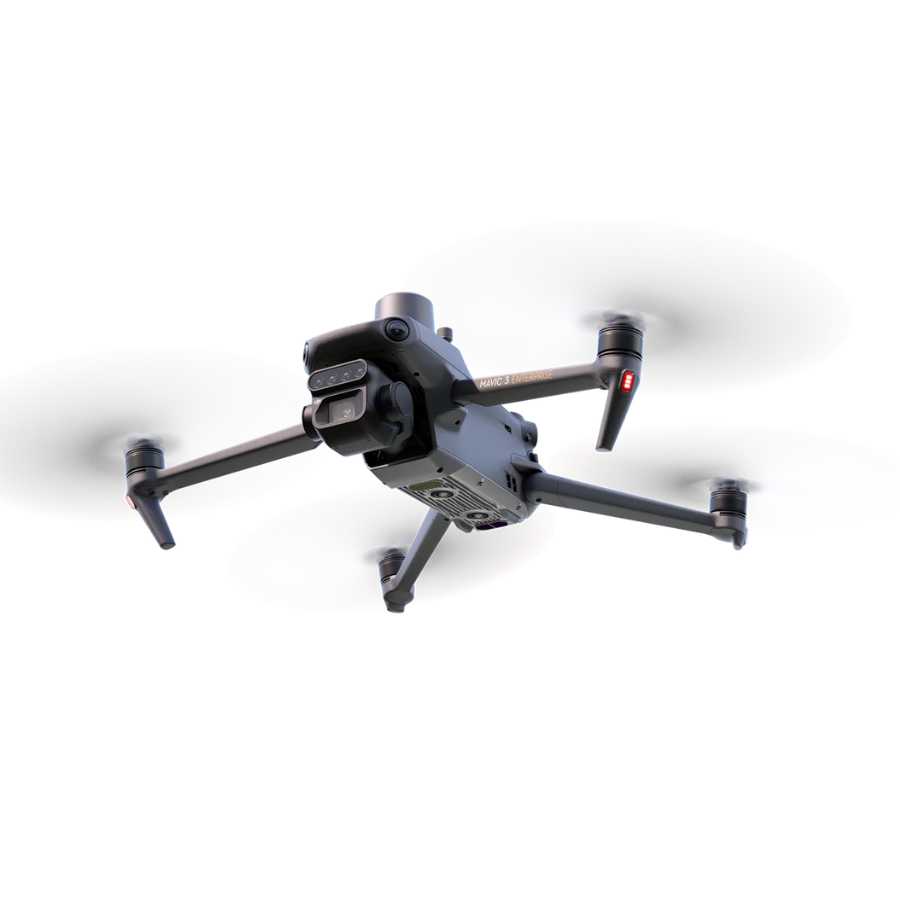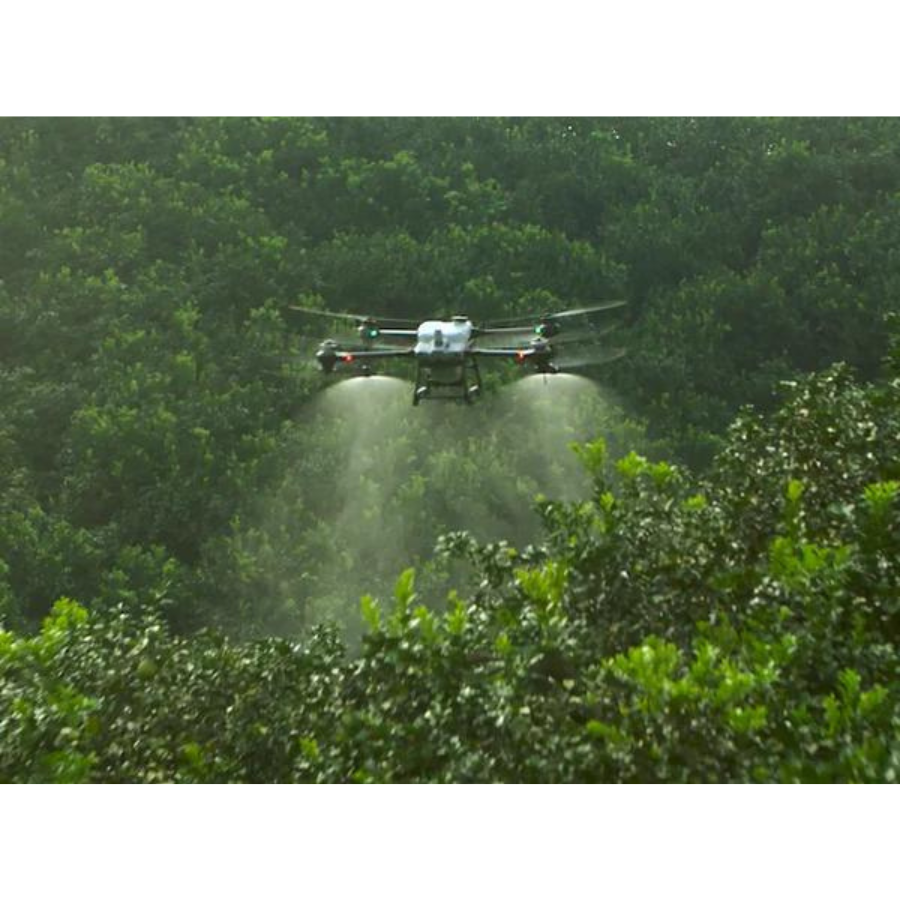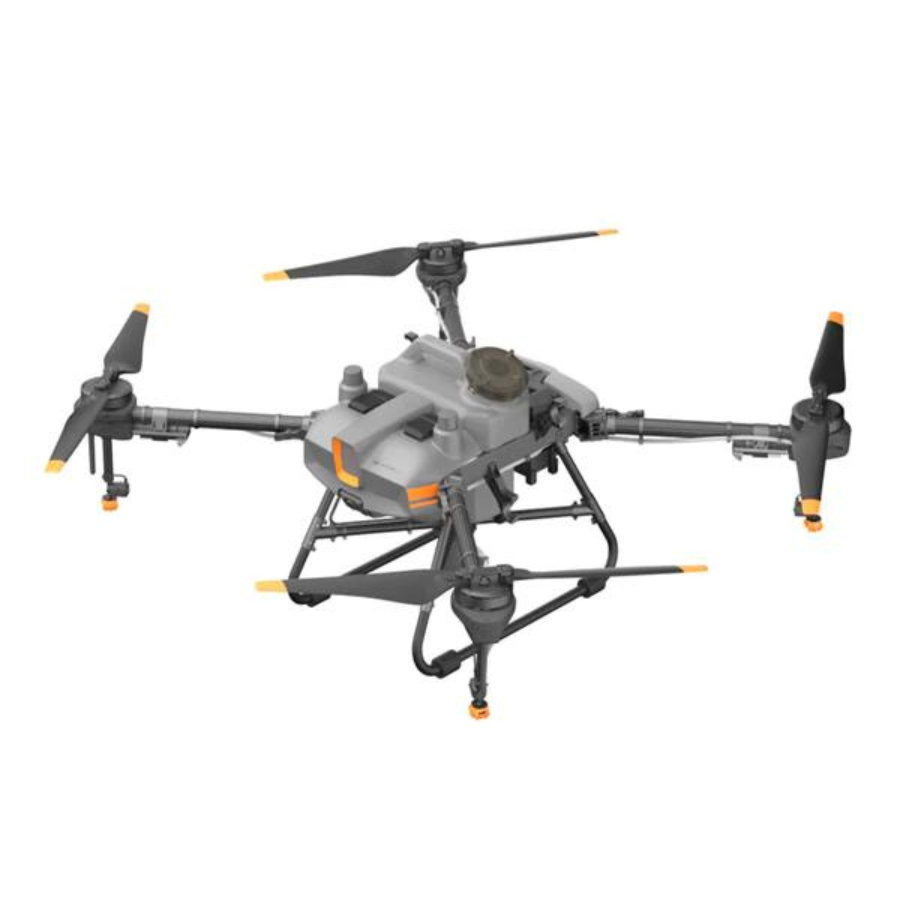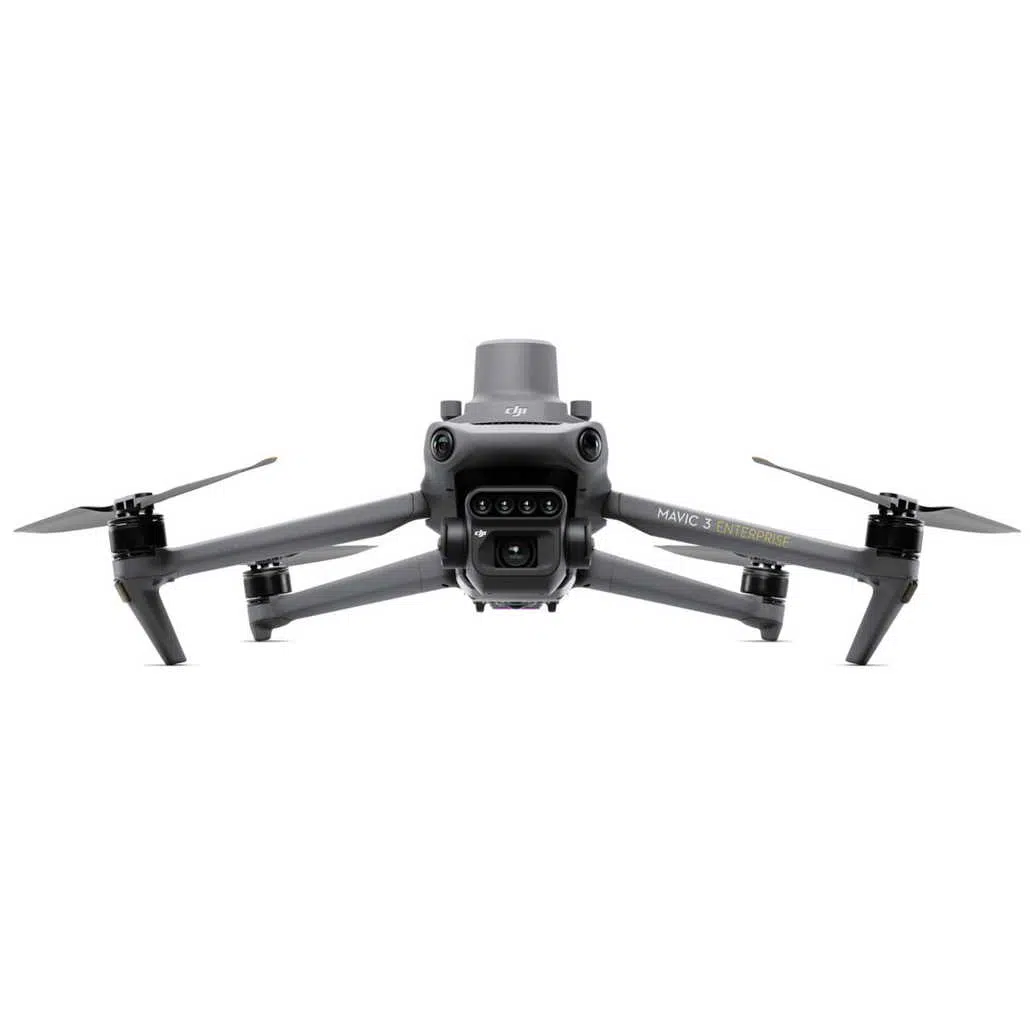Read More
In the evolving landscape of modern agriculture, drones are becoming an indispensable part of the farming toolkit. Known as agriculture drones, these advanced pieces of technology are revolutionizing the way we cultivate crops, manage land, and conserve resources. With the capacity to cover vast areas quickly, deliver precise data, and execute operations with unprecedented accuracy, agriculture drones are at the forefront of the agricultural revolution.
The Rise of Agriculture Drones in Farming
Agriculture drones have emerged as a pivotal technology in precision agriculture, a farming management concept based on observing, measuring, and responding to variability in crops. These UAVs (Unmanned Aerial Vehicles) are equipped with various sensors and imaging capabilities, enabling farmers to make informed decisions that lead to increased efficiency, reduced costs, and minimized environmental impact.
The Power of DJI Agriculture Drones
DJI, a leader in drone technology, has made significant strides in the agricultural sector with its range of DJI Agri drones. Models like the DJI Agras T40 has been specially designed for agricultural applications, offering features such as spraying, seeding, mapping, and crop monitoring. These drones not only optimize agricultural operations but also enhance the sustainability of farming practices by ensuring that resources are used judiciously.
The Advantages of Using Agriculture Drones
Precision Agriculture: Drones offer detailed insights into crop health, soil conditions, and moisture levels, allowing for precise agricultural interventions.
Efficiency and Time-Saving: Covering large tracts of land within a short period, drones save time and labor costs compared to traditional methods.
Resource Conservation: By pinpointing exactly where resources are needed, drones help in significantly reducing the waste of water, fertilizers, and pesticides.
Data Collection and Analysis: Equipped with advanced sensors, agriculture drones collect vast amounts of data, enabling farmers to monitor crop health and predict yields with great accuracy.
Revolutionizing Agriculture in India with Drones
In India, the adoption of agri drones is transforming the agricultural landscape. With the government’s push towards modernizing farming techniques and making precision agriculture accessible to more farmers, agriculture drones in India are gaining momentum. The versatility of drones makes them particularly suitable for India’s diverse agricultural sectors, offering solutions that range from pest control to crop surveillance in regions where traditional methods are either impractical or inefficient.
Choosing the Best Agricultural Drones
When selecting an agriculture drone, several factors come into play:
Capability: The drone must be capable of performing the required agricultural tasks, be it spraying, seeding, or imaging.
Durability: Given the demanding conditions of agricultural environments, drones must be robust and reliable.
Ease of Use: User-friendly interfaces and autonomous capabilities make drones accessible to farmers with varying levels of technical expertise.
Cost-effectiveness: The best agricultural drones offer a balance between advanced features and affordability, ensuring a good return on investment.
DJI Agras: The Benchmark in Agricultural Drones
The DJI Agras series stands out as a benchmark in agricultural drones, offering high-precision spraying, ease of use, and exceptional durability. These drones are tailored for various agricultural needs, making them among the best agricultural drones in India and globally. With models like the DJI Agras T10, farmers can cover larger areas with greater accuracy, ensuring that crops receive the precise treatment they need for optimal growth.
Agriculture Drones in India: A Growing Trend
The popularity of agriculture drones in India is on the rise, thanks to their potential to boost productivity and sustainability in farming. The Indian government’s support in the form of subsidies and training programs for drone technology is encouraging more farmers to adopt this innovative approach. With agriculture drones’ prices becoming more competitive, their use is expected to become a common sight in India’s agricultural fields.
The Future of Farming with Agriculture Drones
As technology continues to advance, the potential applications of agriculture drones are expanding. From advanced imaging techniques that can detect plant diseases before they spread, to AI-powered analytics that provide actionable insights, the future of farming with agriculture drones looks promising. These UAVs are set to become an integral part of agriculture, ushering in an era of precision farming that is more productive, sustainable, and environmentally friendly.
Conclusion
Agriculture drones represent a significant leap forward in the way we approach farming. By harnessing the power of UAV technology, farmers can achieve higher yields, reduce environmental impact, and navigate the challenges of modern agriculture with greater ease. As the technology evolves, the use of drones in agriculture is set to become the norm, transforming farming practices around the world, especially in technologically emerging markets like India. With drones like the DJI Agras leading the way, the sky is the limit for the future of agriculture.
FAQs
What are agriculture drones?
Agriculture drones are UAVs (Unmanned Aerial Vehicles) equipped with various technologies such as cameras, sensors, and sprayers, specifically designed for agricultural uses. They assist in crop monitoring, spraying pesticides and fertilizers, mapping fields, and analyzing farm conditions to improve efficiency and crop yields.
How can agriculture drones benefit my farming operation?
Agriculture drones offer numerous benefits, including precise application of water, fertilizers, and pesticides, detailed crop health monitoring through NDVI (Normalized Difference Vegetation Index) maps, early detection of pest and disease outbreaks, and time-saving through automated and efficient field surveys.
What features should I look for in an agriculture drone?
Key features to consider include flight time, payload capacity, ease of use, type of sensors (such as multispectral, thermal, and RGB cameras), water resistance for operation in varied weather conditions, and the ability to cover large areas quickly.
Are DJI Agriculture Drones suitable for small-scale farms?
Yes, DJI Agri drones are versatile and can be adapted to suit both large-scale and small-scale farming operations. Models like the DJI Agras are designed to be scalable, offering solutions that can optimize operations, regardless of the farm size.
What is the difference between multispectral and thermal imaging in agriculture drones?
Multispectral imaging captures light across several specific wavelengths to provide detailed information on crop health and vitality. Thermal imaging measures temperature variations on the surface of the field, useful for detecting water stress, irrigation issues, and disease. Both imaging types offer unique insights for precision agriculture.
Can agriculture drones be used in organic farming?
Absolutely. Agriculture drones are an invaluable tool for organic farmers, providing detailed surveillance capabilities to monitor crop health and pest infestations without the need for synthetic chemicals. Drones can also be used for organic biopesticide spraying, ensuring precise application and reducing waste.
How do agriculture drones in India differ from those used in other countries?
Agriculture drones in India are tailored to meet the specific needs of Indian agriculture, including small to medium-sized farm operations and a focus on crops prevalent in the region. The adaptation includes customization for rice paddies, tea plantations, and other staple crops of India, with operational adjustments suited to the local climate and farming practices.
What are the best agricultural drones available in India?
Among the best agricultural drones in India are the DJI Agras series, known for their reliability and efficiency in various farming operations. Autel and other brands also offer competitive models that are gaining traction in the Indian market due to their innovative features and adaptability.
What is the approximate cost of agriculture drones in India?
The cost of agriculture drones in India can vary widely based on their features, capabilities, and brand. Entry-level drones may start from a few lakhs, with more advanced models like the DJI Agras reaching higher price points due to their enhanced functionalities and technologies.
Where can I purchase agriculture drones in India, and are there any subsidies available?
Agriculture drones can be purchased from authorized dealers and online platforms specializing in agricultural technology. The Indian government occasionally offers subsidies and support programs for farmers adopting modern technologies, including drones. It’s advisable to check the latest schemes from the Ministry of Agriculture or local agricultural departments for potential subsidies.
Applications of Agriculture Drones: Transforming Farming and Crop Management
- Precision Agriculture: Agriculture drones map fields and collect data on soil health, crop health, and moisture levels using advanced sensors. This enables farmers to apply precise amounts of water, fertilizers, and pesticides only where needed, optimizing resources and increasing yields. For example, drones can identify areas of a field that are suffering from nutrient deficiencies and target those areas for treatment.
- Crop Monitoring and Health Assessment: Regular monitoring with agriculture drones helps farmers track crop growth and identify health issues like diseases or pest infestations early on. By analyzing images over time, farmers can make informed decisions to protect their crops. An instance of this is using drones to detect fungal infections in wheat fields at early stages.
- Irrigation Management: Drones equipped with thermal cameras identify areas of a field that are either too dry or adequately watered. This precision in monitoring helps in efficient water management, crucial in regions with water scarcity. Farmers can adjust their irrigation systems based on drone data to ensure optimal crop hydration.
- Soil and Field Analysis: Before planting, agriculture drones can produce precise 3D maps for soil analysis and seed planting patterns. This information helps in planning the planting patterns and optimizing land and resource usage. Drones can, for instance, help in determining the most efficient planting strategy for a given crop type.
- Planting: Some agriculture drones are equipped to carry out planting directly. They shoot seed pods into the prepared soil at precise locations and depths. This method significantly reduces labor costs and is designed to increase germination rates through more effective planting.
- Crop Spraying: Drones can spray crops with far more precision than traditional methods, reducing the amount of chemicals used and minimizing runoff to non-target areas. For example, drones can be used to apply pesticides specifically where signs of pest activity are detected, reducing the overall chemical usage.
- Livestock Monitoring: Agriculture drones monitor livestock, providing farmers with regular updates on the health and well-being of their animals. Drones can be used to track herd movements, detect injured or sick animals, and even assess pasture quality.
- Agricultural Photography and Marketing: High-resolution images and videos captured by drones offer farmers a unique perspective of their land and crops. This visual content can be used for marketing purposes, showcasing the farm’s operations and produce to potential buyers or investors.
- Insurance Documentation and Claims: Following natural disasters or unexpected events, agriculture drones quickly assess damage to crops and infrastructure. The detailed aerial imagery helps farmers in documenting losses accurately for insurance claims, speeding up the process.
- Research and Development: Agriculture drones play a crucial role in agricultural research, collecting vast amounts of data for studies on crop performance, pest management, and sustainable farming practices. Researchers can utilize drone data to analyze the effectiveness of different crop varieties under various conditions.








